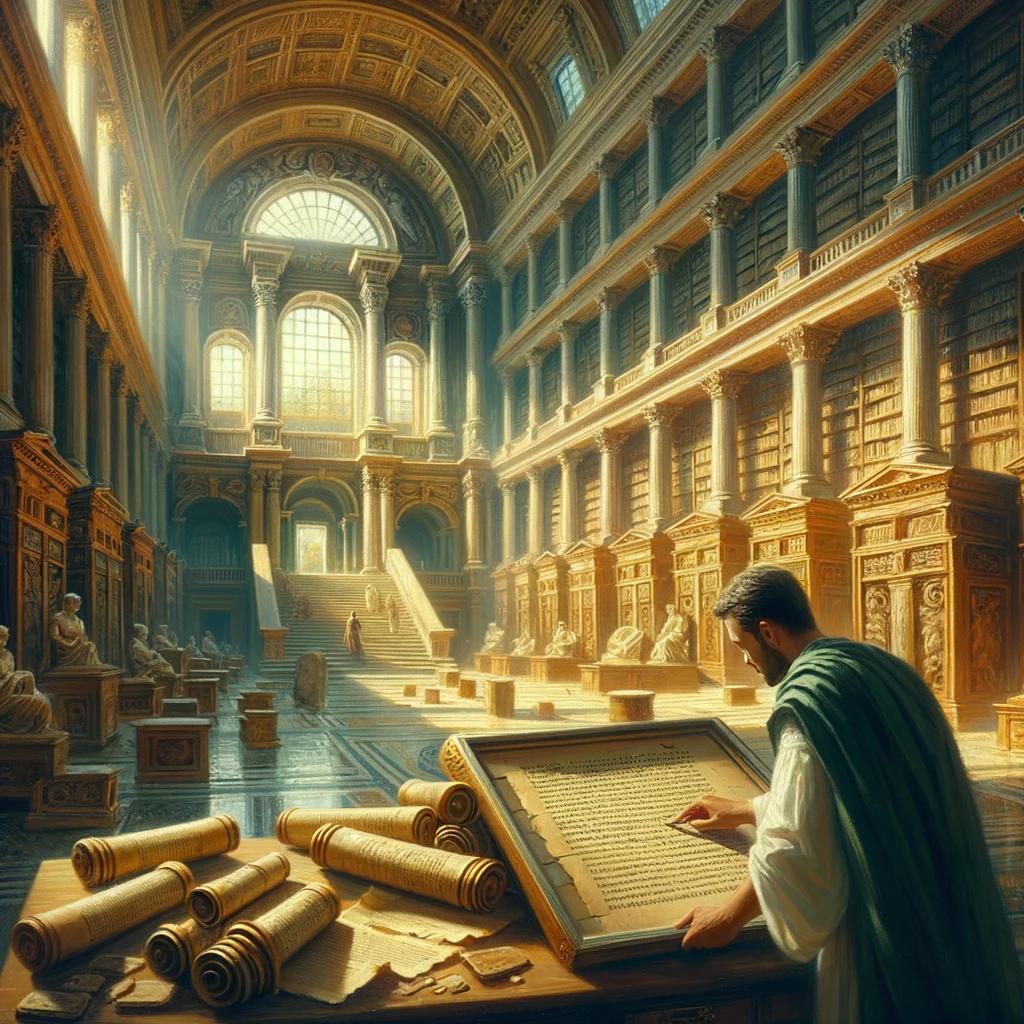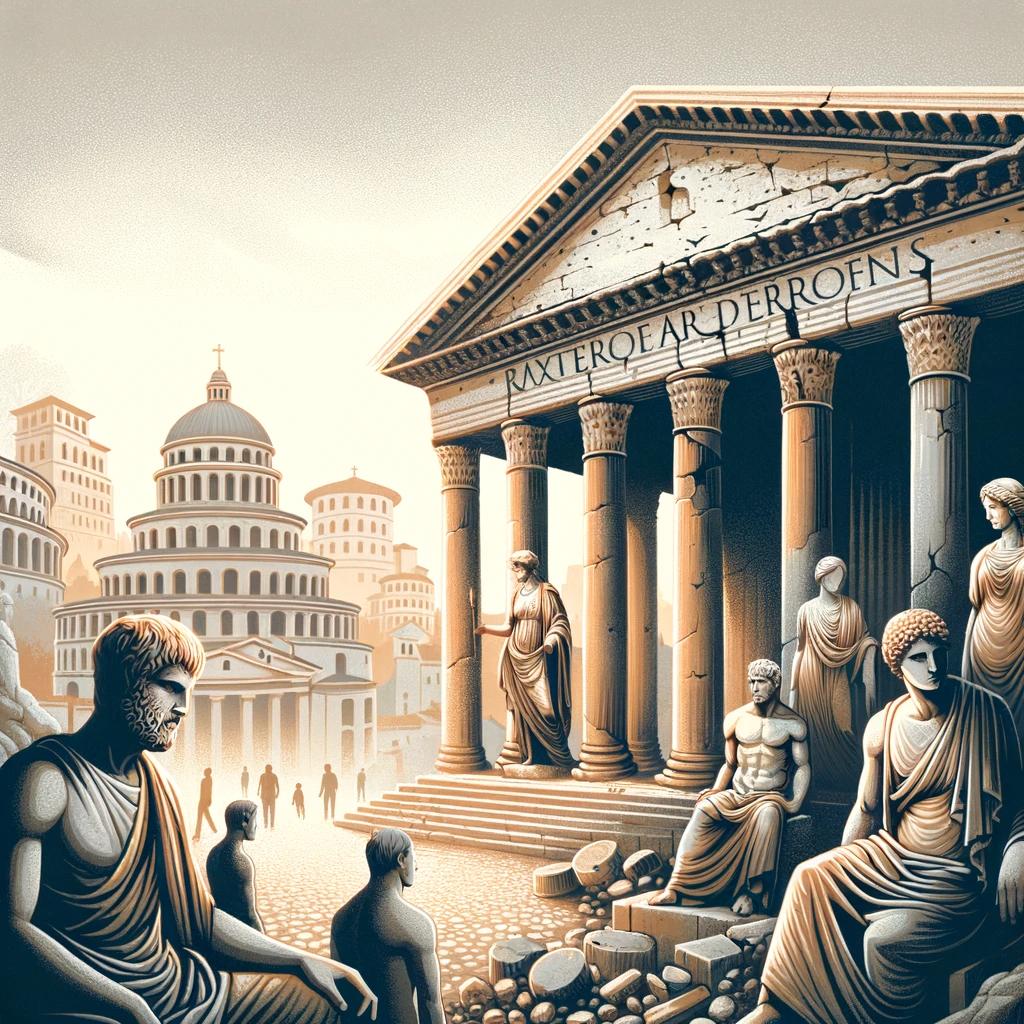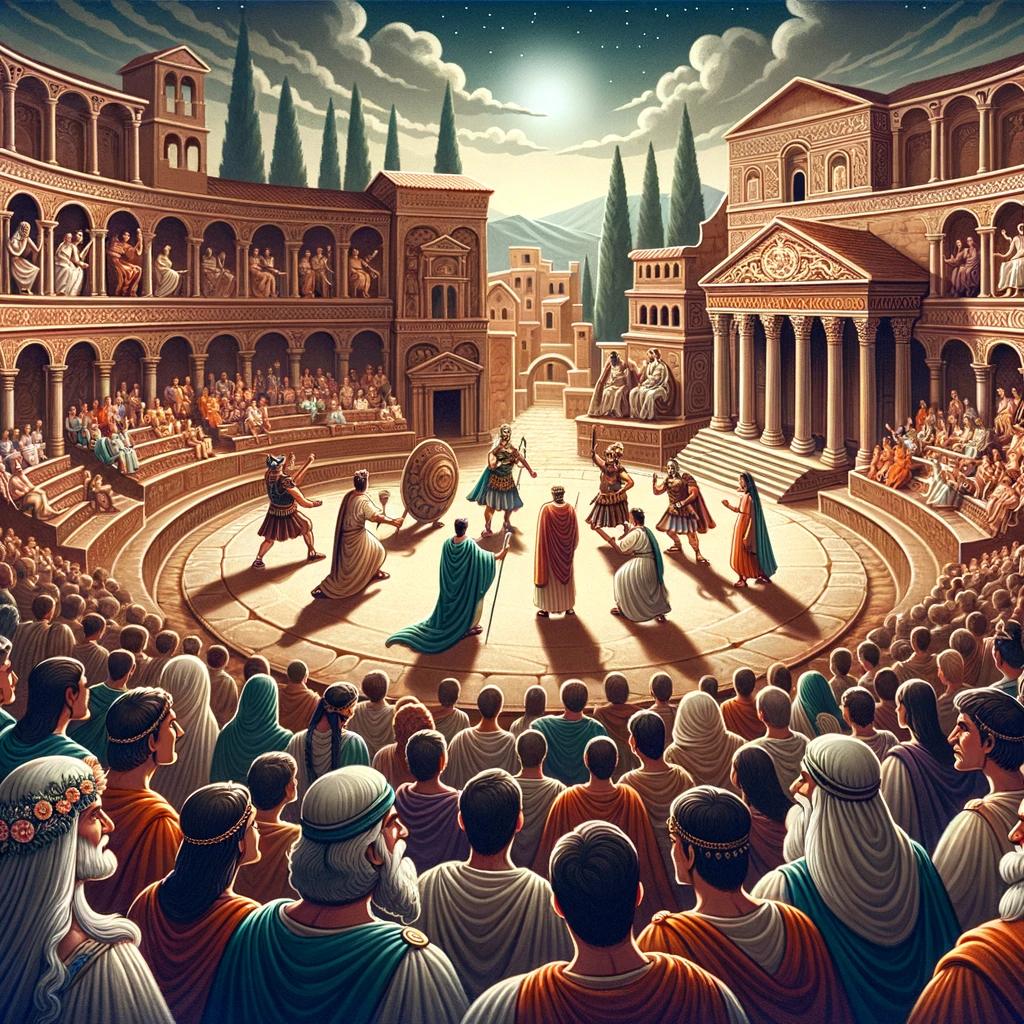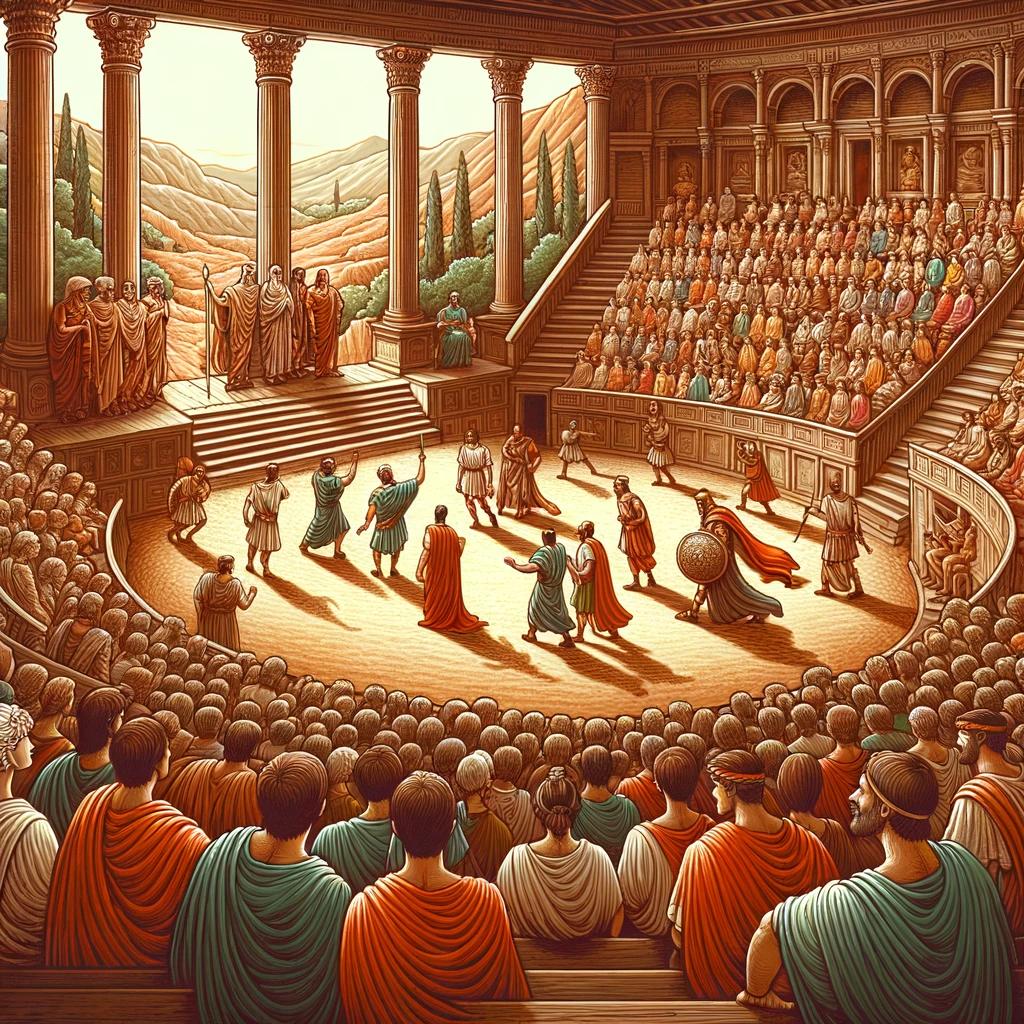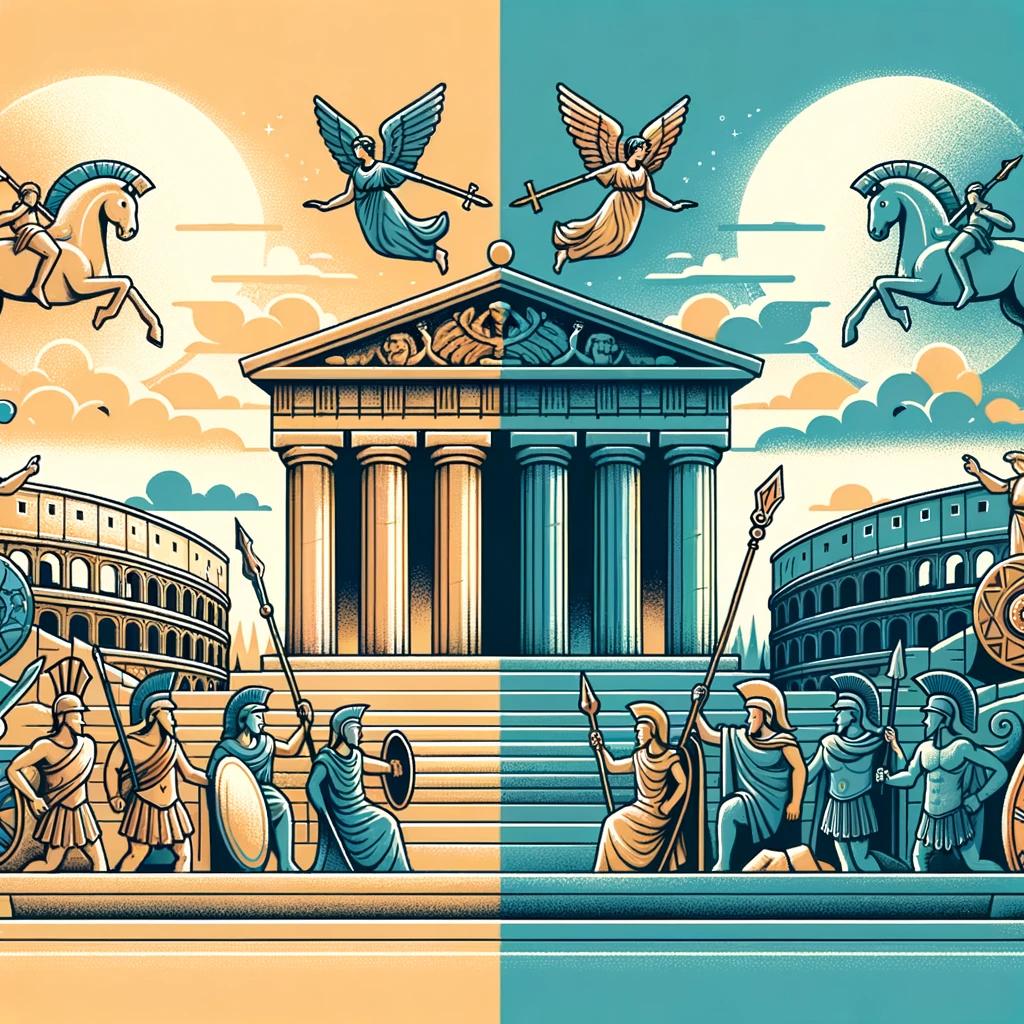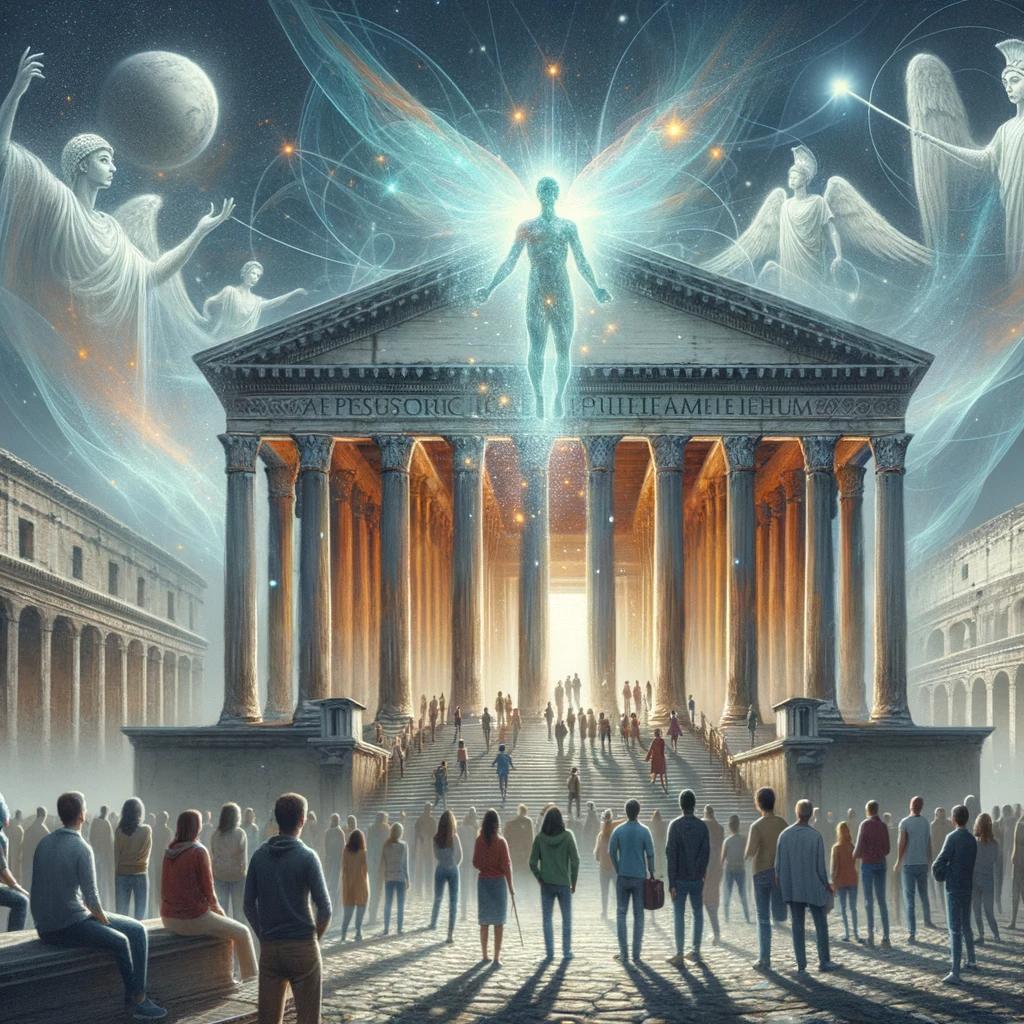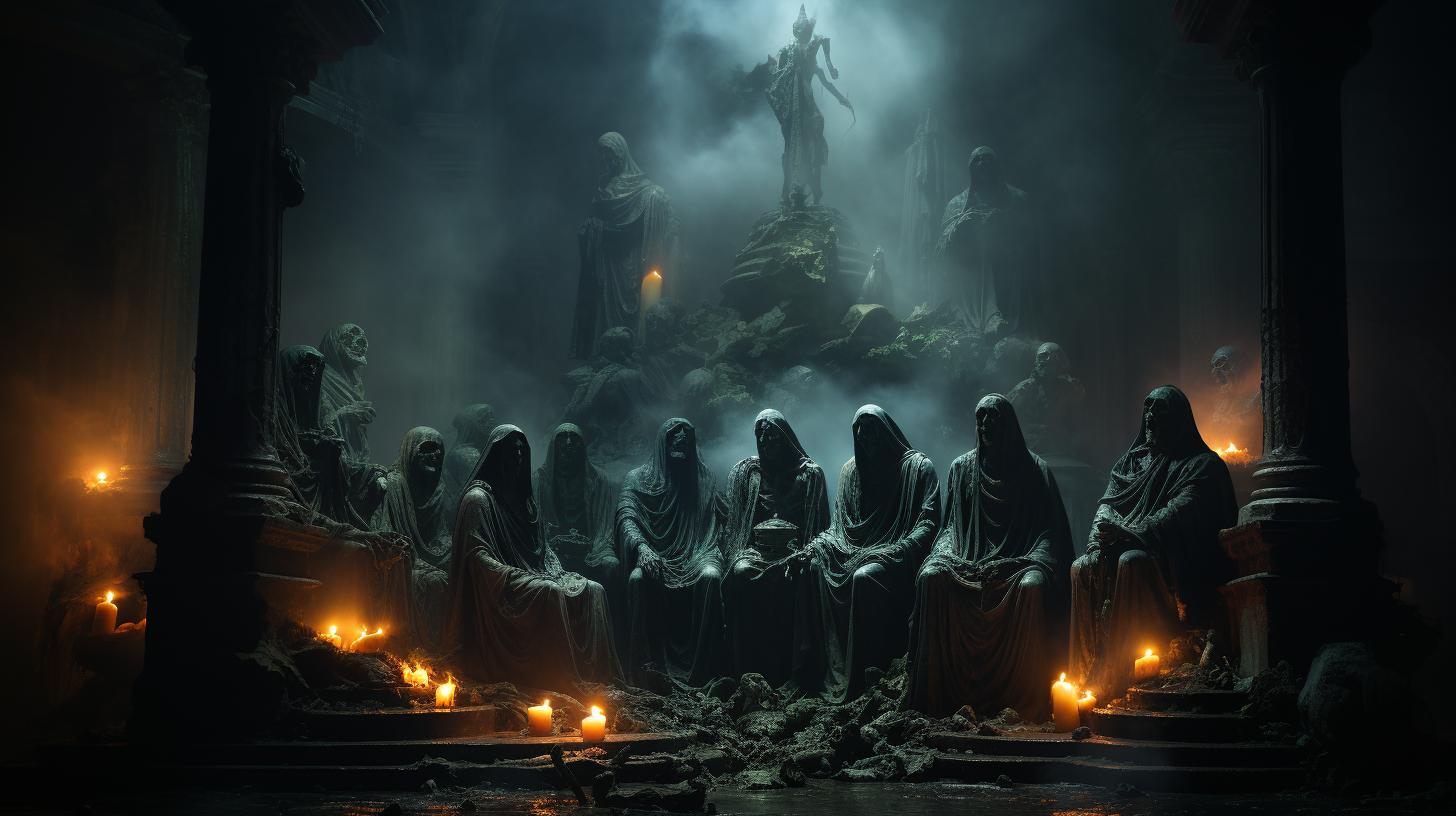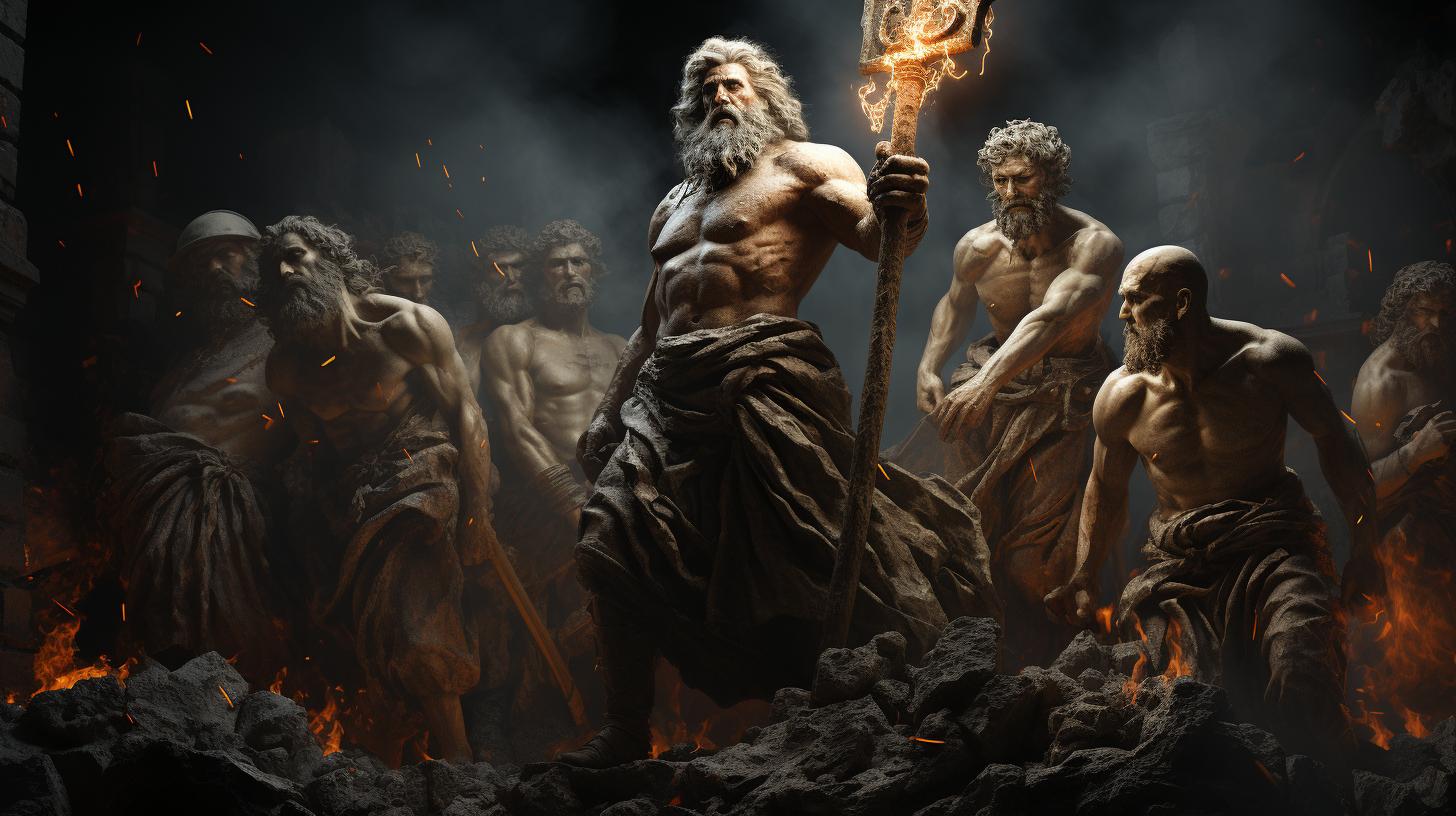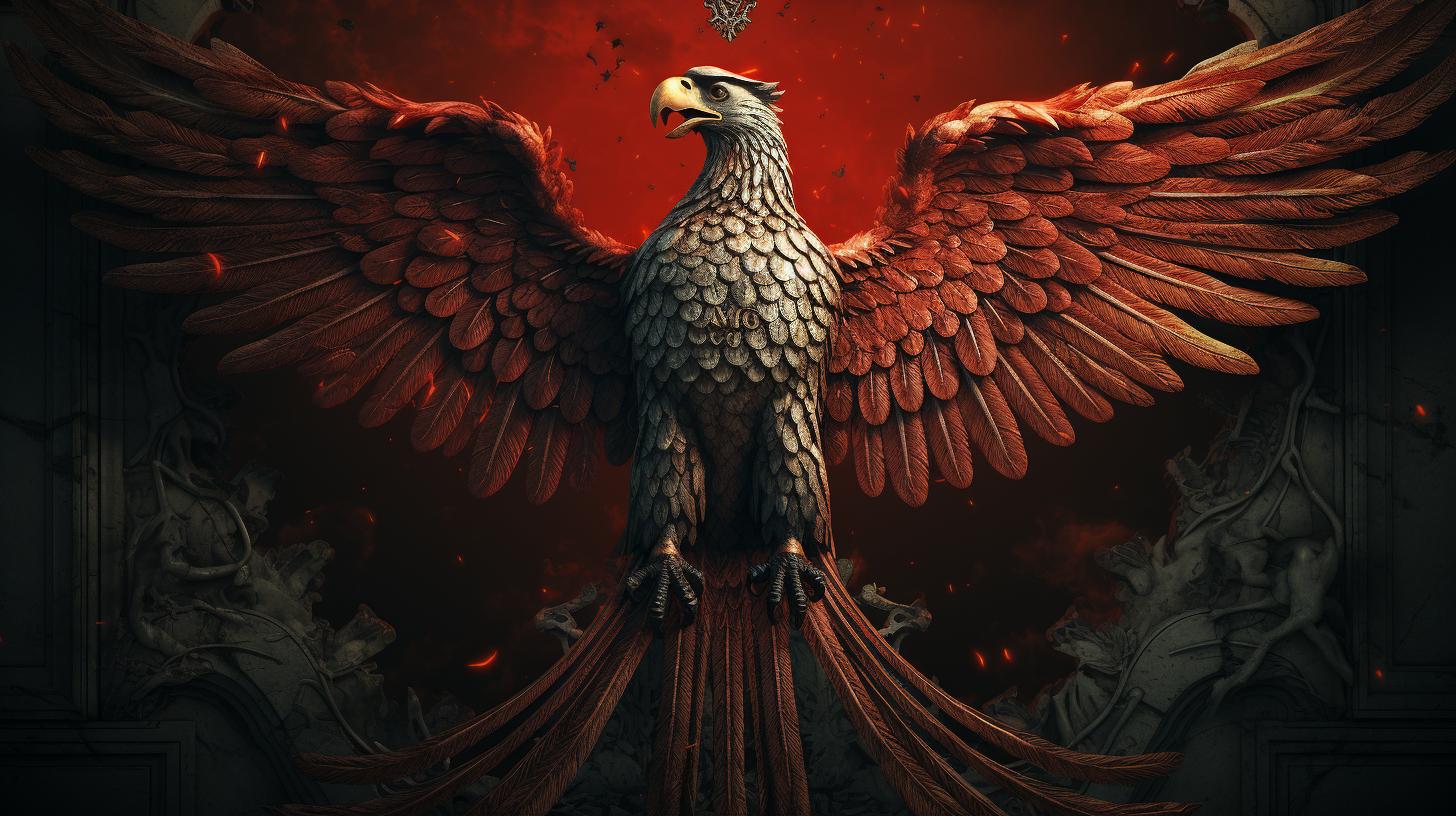How Old is Roman Mythology: A Fascinating Journey into Ancient Roman Culture
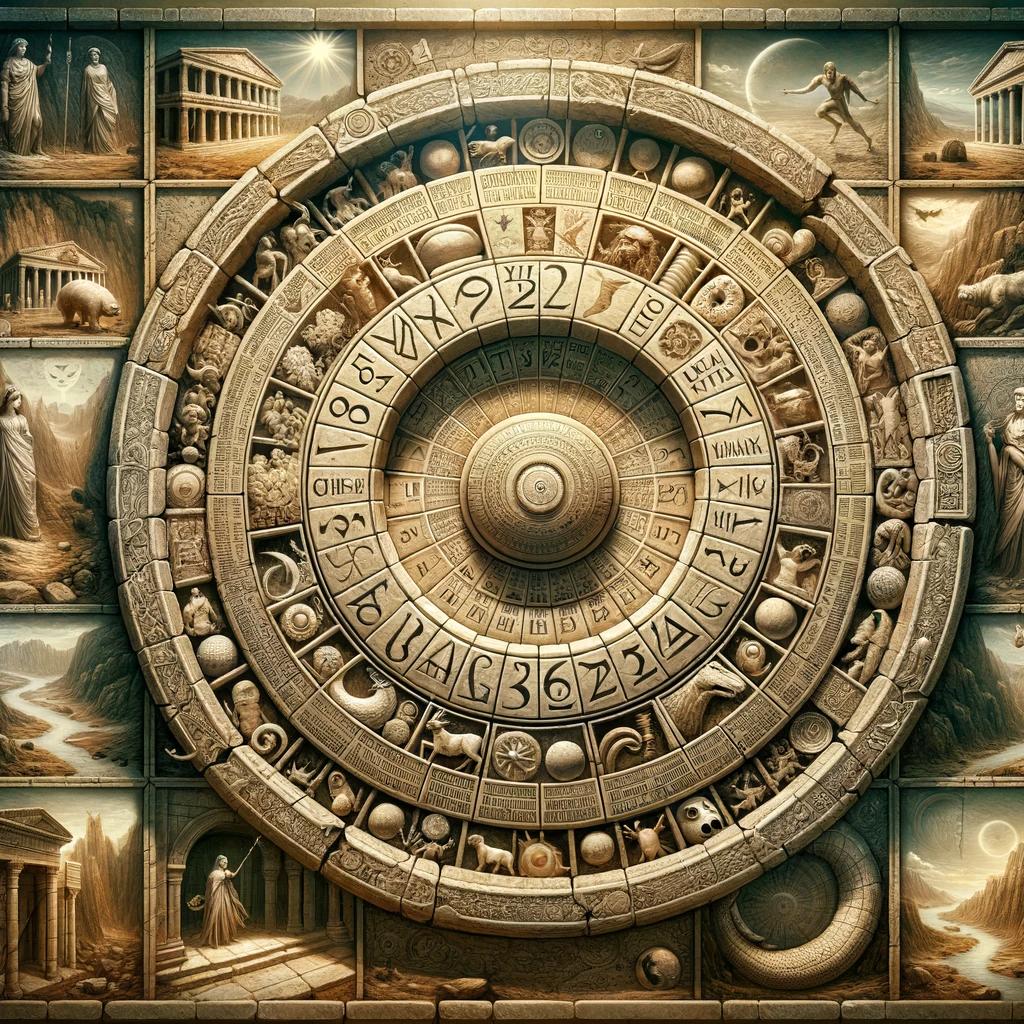
Roman Mythology, a fundamental component of ancient Roman culture, spans centuries of traditions and legends. With its own unique interpretations and distinctive practices, it shares similarities with Greek mythology.
Dating back approximately 3,000 years, Roman mythology encompasses deities, stories, religious practices, and festivals. Its influence extends beyond ancient Rome, leaving a lasting mark on European literature, art, and even modern popular culture.
Delve into the captivating journey of Roman mythology and discover its rich history and significance in today’s world.
The Origins of Roman Mythology: A Look into its Ancient Beginnings
The ancient origins of Roman mythology trace back to the foundation of Rome and the beliefs of its early inhabitants. Exploring the stories surrounding the birth of Rome provides insights into the mythological roots of Roman culture.
The Founding of Rome: Romulus and Remus
According to legend, Rome was founded by twin brothers, Romulus and Remus, who were descendants of the Trojan prince Aeneas. The tale recounts how they were abandoned as infants and raised by a she-wolf before eventually establishing the city of Rome on the Palatine Hill.
Legend has it that Romulus went on to become the first king of Rome, thus solidifying the city’s foundation and setting the stage for the subsequent growth of Roman civilization.
Influence of Greek Mythology on Roman Beliefs
As Rome expanded its territory and encountered the ancient Greeks, the Romans were exposed to and deeply influenced by Greek mythology.
This resulted in a merging of beliefs, as the Romans adopted and adapted many Greek gods and legends to fit their own cultural context.
The parallels between Greek and Roman mythologies are evident in the identification of gods and goddesses with similar attributes and domains.
For example, Zeus became Jupiter, Hera became Juno, and Athena became Minerva.
However, the Romans imbued these deities with their own distinct characteristics and functions, creating a unique pantheon that reflected their specific religious and cultural practices.
This interplay between Greek and Roman mythologies continued throughout Roman history and left an indelible mark on the development of Roman religious beliefs and practices.
In conclusion, delving into the origins of Roman mythology provides a fascinating glimpse into the early foundations of Roman culture.
The stories of Romulus and Remus and the influence of Greek mythology on Roman beliefs showcase the intricate tapestry of ancient Roman mythological traditions and their lasting impact on the development of Roman civilization.
The Roman Pantheon: Gods and Goddesses of Roman Mythology

The Roman Pantheon encompasses a diverse array of gods and goddesses, each embodying unique powers, attributes, and roles within the ancient Roman mythology. This pantheon includes deities from various origins, melding Roman gods with Greek counterparts and incorporating other regional influences.
Jupiter, Juno, and Minerva: The Most Powerful Gods and Goddesses
At the pinnacle of the Roman Pantheon stand Jupiter, Juno, and Minerva, the most revered and powerful deities in Roman mythology.
Jupiter, known as Zeus in Greek mythology, reigns as the ruler of the gods, overseeing the sky and thunder.
He is often depicted with a regal countenance and a thunderbolt in his hand, symbolizing his authority and power.
Juno, the wife and sister of Jupiter, holds remarkable influence as the goddess of marriage and childbirth.
She is associated with fertility, protection, and domestic harmony. In art and literature, Juno is often portrayed as a regal, dignified figure adorned with a peacock, a symbol of her majesty.
Minerva, corresponding to the Greek goddess Athena, embodies wisdom, strategy, and craftsmanship. As the patroness of arts, sciences, and warfare, she is depicted with attributes such as a helmet, shield, and spear.
Minerva’s wisdom and prowess are celebrated in various Roman cultural traditions.
Mars, the God of War: Ares in Roman Mythology
Mars, the Roman counterpart of the Greek god Ares, is the deity of war, aggression, and military prowess. Revered by soldiers and generals, Mars symbolizes both the destructive force and strategic brilliance of war.
He is often portrayed with a fierce countenance, clad in armor, brandishing a spear or sword.
Venus, Bacchus, and Saturn: Other Prominent Deities
In addition to the powerful triumvirate of Jupiter, Juno, and Minerva, there are several other influential deities within the Roman Pantheon.
Venus, the goddess of love, beauty, and fertility, is associated with desire, passion, and seduction.
She embodies both physical and romantic love and is depicted as a graceful, alluring figure, often accompanied by her son Cupid.
Bacchus, equivalent to the Greek god Dionysus, represents wine, revelry, and ecstasy.
He is celebrated as the god of festivities, merriment, and artistic inspiration. Bacchus is often portrayed with a crown of grapes and vines, exuding an aura of joyful excitement.
Saturn, the Roman god of agriculture and abundance, is revered as the deity who ushered in the Golden Age of prosperity and peace.
He is often depicted as an elderly figure, holding a sickle and a sheaf of wheat, symbolizing the bountiful harvest.
The Roman Pantheon boasts numerous other gods and goddesses, each playing a significant role in the lives and beliefs of ancient Romans.
They exemplify the rich tapestry of Roman mythology, influencing various aspects of daily life, society, and religious practices.
Roman Mythology and Religious Practices
Religion played a significant role in ancient Roman society, with a complex array of festivals and religious celebrations that formed an integral part of their daily lives. These practices reflected their beliefs and devotion to the gods and goddesses of Roman mythology.
Let’s explore two key aspects of Roman religious practices: festivals and the role of the Vestal Virgins.
Festivals and Religious Celebrations in Ancient Rome
Ancient Rome was known for its vibrant and diverse calendar of religious festivals and celebrations. These events were held throughout the year and were dedicated to honoring various gods and goddesses.
Festivals like Saturnalia, dedicated to Saturn, involved feasting, gift-giving, and role reversals, while the festival of Lupercalia celebrated fertility and cleansing. These festivities were marked by rituals, processions, sacrificial offerings, and communal gatherings.
Another significant celebration was the public games, known as ludi, which included events such as chariot races, gladiatorial combat, and theatrical performances. These games were an occasion for both religious observance and entertainment, attracting large crowds and fostering a sense of community among the Roman people.
The Role of the Vestal Virgins in Roman Religion
The Vestal Virgins held a unique and highly esteemed role in Roman religion. Chosen as young girls, these priestesses were dedicated to the goddess Vesta, guardian of the sacred hearth.
Their primary responsibility was to maintain the perpetual fire in the Temple of Vesta, symbolizing the eternal flame of Rome. The Vestal Virgins were tasked with preserving the religious traditions and rituals, ensuring the well-being and prosperity of the city.
Chastity was a fundamental requirement for the Vestal Virgins, as any violation of their vow resulted in severe consequences, including burial alive. Their purity and dedication were believed to bring divine favor to Rome and protect it from harm.
The Vestal Virgins played a crucial role in religious ceremonies, such as the Parilia, dedicated to the goddess Pales, which involved the purification of livestock and lands.
Overall, Roman mythology and religious practices formed an integral part of ancient Roman society.
The festivals and religious celebrations provided a way for the Romans to honor their gods, foster community spirit, and maintain cultural traditions. The role of the Vestal Virgins showcased the importance placed on religious devotion and the preservation of Roman spiritual heritage.
Roman Mythological Stories and Heroes
Romulus and Remus: The Founders of Rome
The story of Romulus and Remus is a legendary tale that depicts the founding of Rome. According to the myth, the twin brothers were abandoned in the wilderness as infants but were rescued and raised by a she-wolf.
As they grew older, they decided to build a city on the banks of the Tiber River. However, a dispute arose between the brothers, resulting in the tragic death of Remus at the hands of Romulus.
This event marked the beginning of Rome and its ascent as a powerful civilization.
Aeneas and the Trojan Connection
Aeneas was a significant figure in Roman mythology, known for his connection to the Trojan War. According to the myth, Aeneas was a Trojan hero who survived the war and embarked on a journey to find a new homeland.
After traveling through various lands and encountering numerous challenges, Aeneas ultimately reached Italy. It is believed that he was an ancestor of Romulus and Remus, further linking the foundation of Rome to the epic events of the Trojan War.
Hercules, Perseus, and Other Heroes in Roman Mythology
Roman mythology is filled with countless tales of heroes who exhibited extraordinary powers and accomplished great feats. Hercules, known for his exceptional strength, courageously faced numerous challenges and completed twelve labors to atone for his past actions.
Perseus, a celebrated hero, defeated the Gorgon Medusa and saved Andromeda from a sea monster. These brave individuals, along with other legendary heroes such as Jason and Theseus, have left an indelible mark on Roman mythology, serving as inspiration for future generations.
Influence of Roman Mythology on Art and Literature
Art and literature have been deeply influenced by the rich tapestry of Roman mythology throughout history. From the ancient Romans to the Renaissance masters, the mythological themes and characters have provided endless inspiration for artists and writers alike.
Roman Mythology in Roman and Renaissance Art
The visual arts in both ancient Rome and the Renaissance period were heavily imbued with Roman mythology. In Roman art, gods and goddesses were often depicted in sculptures, murals, and mosaics, showcasing their power and importance in Roman society.
These artistic representations served not just as decorative pieces, but also as a way to connect with the divine and express religious beliefs.
During the Renaissance, Roman mythology experienced a resurgence in popularity as artists sought to revive the classical ideal.
Paintings and sculptures featured mythological subjects, such as the birth of Venus or the labors of Hercules, capturing the imagination of viewers and reflecting the humanist ideals of the time.
The influence of Roman mythology on Renaissance art cannot be overstated, as it played a significant role in shaping the visual language and narrative of this era.
Roman Mythological Themes in Literature and Poetry
Literature and poetry also embraced the allure of Roman mythology.
Ancient Roman writers, such as Ovid and Virgil, created epic poems and mythological narratives that became foundational in Western literature. Ovid’s “Metamorphoses” is a treasure trove of mythological tales, while Virgil’s “Aeneid” draws from both Greek and Roman mythology to tell the story of Aeneas, the founder of Rome.
During the Renaissance, Roman mythology continued to captivate the literary world. Poets like Dante and Milton drew inspiration from Roman mythological themes, infusing their works with vivid imagery and allegorical meanings.
The influence of Roman mythology can also be seen in Shakespeare’s plays, as characters like Julius Caesar and Cleopatra are based on historical figures intertwined with mythological elements.
- The visual arts in both ancient Rome and the Renaissance period were heavily imbued with Roman mythology.
- In Roman art, gods and goddesses were often depicted in sculptures, murals, and mosaics, showcasing their power and importance in Roman society.
- During the Renaissance, Roman mythology experienced a resurgence in popularity as artists sought to revive the classical ideal.
- Literature and poetry also embraced the allure of Roman mythology.
- Ancient Roman writers, such as Ovid and Virgil, created epic poems and mythological narratives that became foundational in Western literature.
- During the Renaissance, Roman mythology continued to captivate the literary world.
In conclusion, the influence of Roman mythology on art and literature is undeniable.
From ancient Rome to the Renaissance and beyond, artists and writers have drawn inspiration from the captivating stories, gods, and heroes of Roman mythology. Through their creative expressions, they have immortalized the essence of Roman culture and contributed to its enduring legacy in the realms of art and literature.
Legacy and Influence of Roman Mythology in Modern Times
Legacy and Influence of Roman Mythology in Modern Times explores the lasting impact of Roman mythology on various aspects of contemporary culture and society. From films, books, and TV shows to continued use of mythological motifs and its influence on modern religious practices, Roman mythology continues to captivate and inspire.
Roman Mythology in Popular Culture: Films, Books, and TV
Roman mythology has been a rich source of inspiration for popular culture mediums such as films, books, and TV shows. Countless adaptations, both historical and contemporary, have brought ancient Roman gods, heroes, and stories to life.
From epic cinematic spectacles to gripping novels, these portrayals have ensured the mythology’s continued relevance.
Examples of Roman Mythology in Popular Culture:
- Movies: Films like “Gladiator” and “Troy” feature Roman mythology as central themes, combining historical accuracy with elements of fiction.
- Books: Bestselling novels such as “The Song of Achilles” and “The Aeneid” draw heavily from Roman mythology, weaving captivating narratives that resonate with readers.
- Television: TV series like “Spartacus” and “Rome” have explored the intricate webs of Roman mythology, showcasing its influence on ancient Roman society.
The Continued Use of Roman Mythological Motifs
Roman mythological motifs have transcended time and continue to be relevant in various forms of artistic expression, design, and symbolism.
These motifs often evoke themes of power, love, war, and destiny, adding depth and intrigue to contemporary creations across multiple platforms.
Examples of Continued Use of Roman Mythological Motifs:
- Architecture: Roman-inspired architecture, with its grand pillars and domes, echoes the magnificence of ancient Roman temples dedicated to the gods.
- Fashion and Jewelry: Roman mythological symbols, such as laurel wreaths, have become fashionable adornments, imbuing wearers with a sense of ancient wisdom and victory.
- Brand Logos: Numerous companies incorporate elements of Roman mythology into their logos, representing values of strength, endurance, and timeless beauty.
Roman Mythology’s Impact on Modern Religious Practices
Despite the rise of Christianity and other major world religions, Roman mythology still influences modern religious practices in several ways.
Its enduring presence can be observed in the traditions and rituals of certain cultures, demonstrating a fascinating blend of ancient and contemporary beliefs.
Examples of Roman Mythology’s Impact on Modern Religious Practices:
- Neopaganism: Some modern pagan practitioners incorporate aspects of Roman mythology into their spiritual beliefs and rituals, seeking connection with ancient deities.
- Symbolic References: Roman mythological figures and narratives often serve as symbolic references in literature, art, and even religious sermons, conveying profound meanings.
- Date Commemoration: Certain dates, such as the festival of Saturnalia, which celebrated the god Saturn, still bear relevance in modern celebrations and cultural festivities.
As the legacy and influence of Roman mythology persist in modern times, it serves as a testament to the enduring power and timeless appeal of these captivating tales and deities.
The impact of Roman mythology on popular culture, artistic expression, and religious practices underscores its significance and ongoing relevance in today’s world.
.











